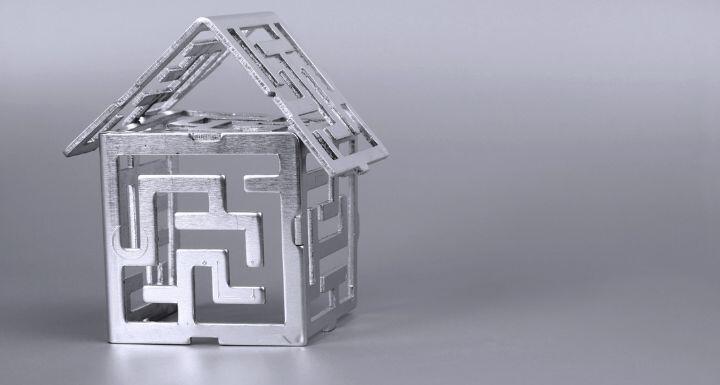Overview article from CAI Law Day Presentation by Madeline Lipe (W&S) and Carmen Clayton (CAMS – Community Manager).
Every member of a community association agrees to abide by the community's governing documents by virtue of taking ownership of their lot or unit. Community associations sometimes get a bad rap for how violations of the governing documents are handled when members fail to hold up their end of the bargain.
When a member fails to follow their community's governing documents, this constitutes a "violation." Common violations include failure to pay assessments, unauthorized exterior modifications to a home, and neglecting to maintain landscaping. If not addressed promptly, effectively and efficiently, violations can escalate into complex issues and create a climate of dissatisfaction among those members who follow the community's governing documents.
This article provides an overview of a recent presentation for the North Carolina Chapter of Community Associations Institute, where Carmen Clayton of CAMS and I explored the process of how community association Boards of Directors should handle violations within their community, shedding light on essential procedures and potential pitfalls.
To effectively address violations, it's important to understand the sources of authority. This includes state laws such as the North Carolina Planned Community Act and Condominium Act, alongside the community's specific governing documents from which violations may arise. The governing documents include the Declaration, Articles of Incorporation, Bylaws, Rules and Regulations, and Design Guidelines. Remember, the members of the Association agree to follow the governing documents when purchasing a home in a planned community or condominium. However, many members may not be aware that such documents exist, whereas others may violate the governing documents intentionally. Regardless of the reason for the violation, the ultimate goal is to garner compliance from members consistent with the governing documents.
Having a step-by-step process helps guide community associations through addressing violations from the initial receipt of a violation to resolution. This process requires thorough documentation and clear communication with members. Below is a 5-step process explaining each stage in the violation process.
Step 1: Receive Violation
- Receipt of the violation typically occurs through observation, inspections, and account review. Any member of the community association can report a violation to the Board or community manager. However, members who report violations are not entitled to information on how the specific situation was (or is being) handled following their report. The Board or community manager should document the violation upon receipt for the Association's records and for preparation of the written notice to the member.
Step 2: Send Notice of Violation and Hearing to the Member
The notice of violation letter must include:
- Statement of the provision of the governing document(s) allegedly violated,
- A short explanation of the matter asserted by the Association,
- The date, time, and place of the hearing, and
- Description of the action needed to cure the alleged violation.
Step 3: Hold Hearing and Make Decision
- Hold a hearing to present evidence regarding the alleged violation and hear from the member. If the member does not attend, document the lack of attendance.
- Following the hearing, the Board (or adjudicatory panel) deliberates and decides if the violation occurred and votes whether to impose a fine and/or suspension of privileges.
Step 4: Send Notice of Decision
- Promptly following the hearing, send a notice of decision letter to the member stating the Board's decision (e.g., no violation, or if a fine will be imposed or privileges suspended).
- Where a fine will be imposed, the Board may impose a fine not to exceed $100 for each violation.
- For continuing violations, the notice of decision letter must also state that if the violation is not remedied within 5 days of the decision letter, daily fines (not to exceed $100 per day) will be imposed until the violation is corrected. Note that only those continuous violations, (i.e. no break in the violation) can be fined per day following the 5-day grace period without further hearing. This means that the community association may fine $100 for the initial violation, and then give the member 5-days to correct the violation before additional fines can be applied.
Step 5: Resolution
- After sending the notice of decision letter, the community association may then charge fines to the member's account or suspend privileges.
- The Board should follow-up with the member to ensure compliance.
- It is crucial to keep a complete record of each step, (notice letter, hearing, notice of decision letter, etc.) for each violation.
Handling violations in a community association demands a proactive and systematic approach. By maintaining consistency to garner compliance, community associations can uphold the standards set forth in their governing documents and enhance harmony within their communities for the benefit of all members.








